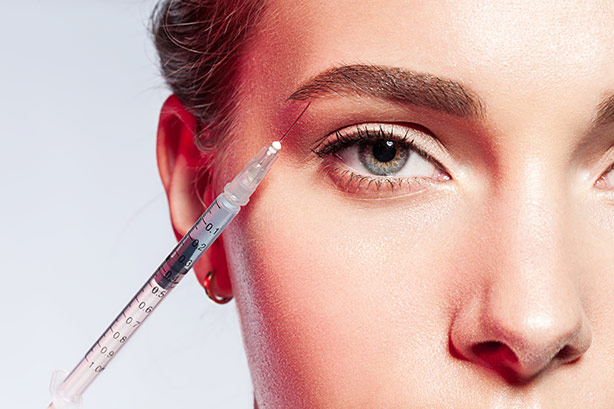Botox has made its name as a treatment for the reduction in the appearance of age wrinkles. However, that is not its only trick. A long-term study recently showed that the medication also can help people who suffer from the embarrassment of excessive sweating. With a small series of injections being offered over a two year period, patients can experience relief from excessive sweating- be it their underarms, hands, or their feet.
Known in medical terminology as hyperhidrosis, excessive sweating afflicts more than a million people in the United States. It is a condition where the sweat glands produce as much as four times the normal amount of sweat in order the maintain the body's temperature; and even the strongest antiperspirant cannot prevent the downpour. People with this condition are plagued with not only sweaty clothes and a pasty handshake, but also with chronic skin infections. Ultimately, this condition interferes with regular daily activity, work performance, and causes embarrassment when in social situations.
How does Botox help? Since the natural chemicals found in the botulinum toxin help to paralyze or slow down certain neurological activities underneath the skin surface, the sweat glands experience a similar paralysis or blockage in the signal from the nerve endings to secret fluid. Ideal candidates will show signs of severe hyperhidrosis in the armpits, palms, or feet. The procedure itself lasts 10 to 20 minutes per session and should be performed in a certified or licensed doctor’s office. Daily activities can resume immediately after treatment; but intense exercise should be avoided for a few days. After the injections, a marked reduction in underarm sweating will be noticeable within several weeks, and usually lasts up to six months.
Treatment with Botox injections can provide sweaty sufferers with long-term benefits. Various studies now show that nearly all of the participants who received Botox injections to treat hyperhidrosis experienced a significant reduction in sweat production. Moreover, former sufferers also reported feeling more emotionally secure and happy, since social interactions became less stressful. Ultimately, patients become more confident in their interactions- be it on the job or in social situations; and former sufferers also become more satisfied in their ability to perform normal work and recreational activities.





